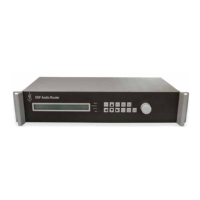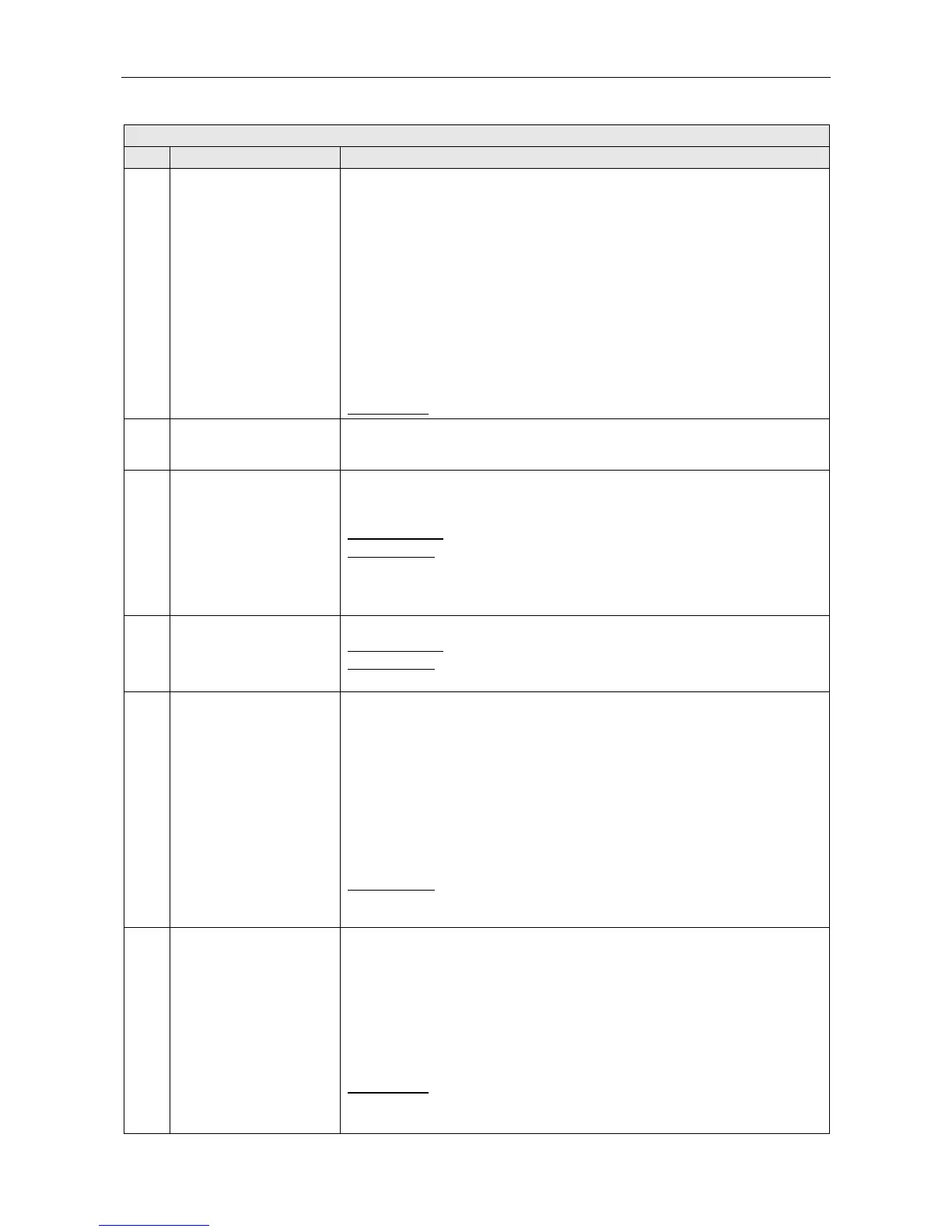VAR8 and Variants Operation, Commissioning, Fault Finding, and Maintenance Guide -
Is
Page 139 of 166
sue: 02 complete, approved
VAR8 Menu Description
Ref. Item Description/Possible Settings
110 Expand I/O
Configures an Expand I/O (also known as Remote I/O, ASL BMB01) unit on the
selected multi-drop address. It provides 12 analogue inputs, 12 digital inputs and
12 digital outputs, which may be configured for a variety of purposes. Having
chosen this option the sub-menus ‘Analogue’, ‘Digital In’, and ‘Digital Out’ are
displayed.
Other options available:
• Not Configured
• Fire Loop
Fire loop interface unit, which can interface a total of 16 configurable routing
events (usually Alert and Evac DVAs) from the Fire System to each Slave
Unit. A scrollable list of the 16 routing trigger events is displayed when a fire
panel interface unit is configured. For each alarm, a route is configured, as
described under ‘Zoning’ (item 115), ‘Control’ (item 116), and ‘Clear-all’ (item
117).
Default value:
‘Not Configured’
111 Gain
Enables the user to configure the DVA input gain. A sub-menu is displayed
allowing the configuration of the gain in respect of any output to which it may be
route and separately for each output to which it may be routed.
112 Pri
Enables the user to assign the priority to a DVA input independently to each of
the Router outputs.
Equal priorities operate on a first come-first served basis.
Possible values:
01 to 19 (01 is the highest priority)
Default values:
DVA1: ‘Priority-04’
DVA2: ‘Priority-06’
DVA3: ‘Priority-08’
DVA4: ‘Priority-10’
113 Name Enables the user to view/edit a DVA input name. For reference only.
Possible values:
alphanumeric string of up to 12 characters
Default values:
Slave DVAn
Where n is the DVA number
114 Class
Enables the user to define the classification of DVA inputs. This classification
affects the red and green LEDs of each zone select button of the Audio Control
Unit built-in microphone (if used) and Fire Microphones connected to the ACU.
From ACU V1.5.0114 or later, it is possible to configure a microphone connected
to an ACU between this mode and the standard mode in which the ‘Busy’ LED
turns ‘on’ continuously to indicate that the zone (either one or the group of zones
controlled by this button) is already in use by another input, and the green LED
indicates the zone selection state.
• ‘Non Emergency’: red LED ‘off’ + green LED ‘on’
• ‘Low Priority Emergency’: red LED flashing + green LED ‘on’
• ‘High Priority Emergency’: red LED steady ‘on’ + green LED ‘on’
Default values:
DVA1=‘High Priority Emergency’
DVA2=‘Low Priority Emergency’
Others=‘Non Emergency’
115 Zoning
Allows each output to have an input associated with it (to which it is routed when
the contact is activated). The outputs in question are the outputs of the Slave
Unit. The inputs may be one of the Audio Control Unit or Slave Unit audio
sources.
<OUTPUT nn>: List of 8 output names.
LOCAL IP: List of Slave Unit audio source names: 8xMic/Line
inputs+1xMusic input+Mute input+4xDVA inputs.
NETWORK IP: List of Audio Control Unit audio source names according to
Audio Control Unit type.
Default value:
‘Not-Conf’

